The Lost Graduation Show allows young talent to shine
Wallpaper* talks to curator Anniina Koivu about The Lost Graduation Show, her Supersalone showcase of 170 graduate projects, empowering a new generation of designers
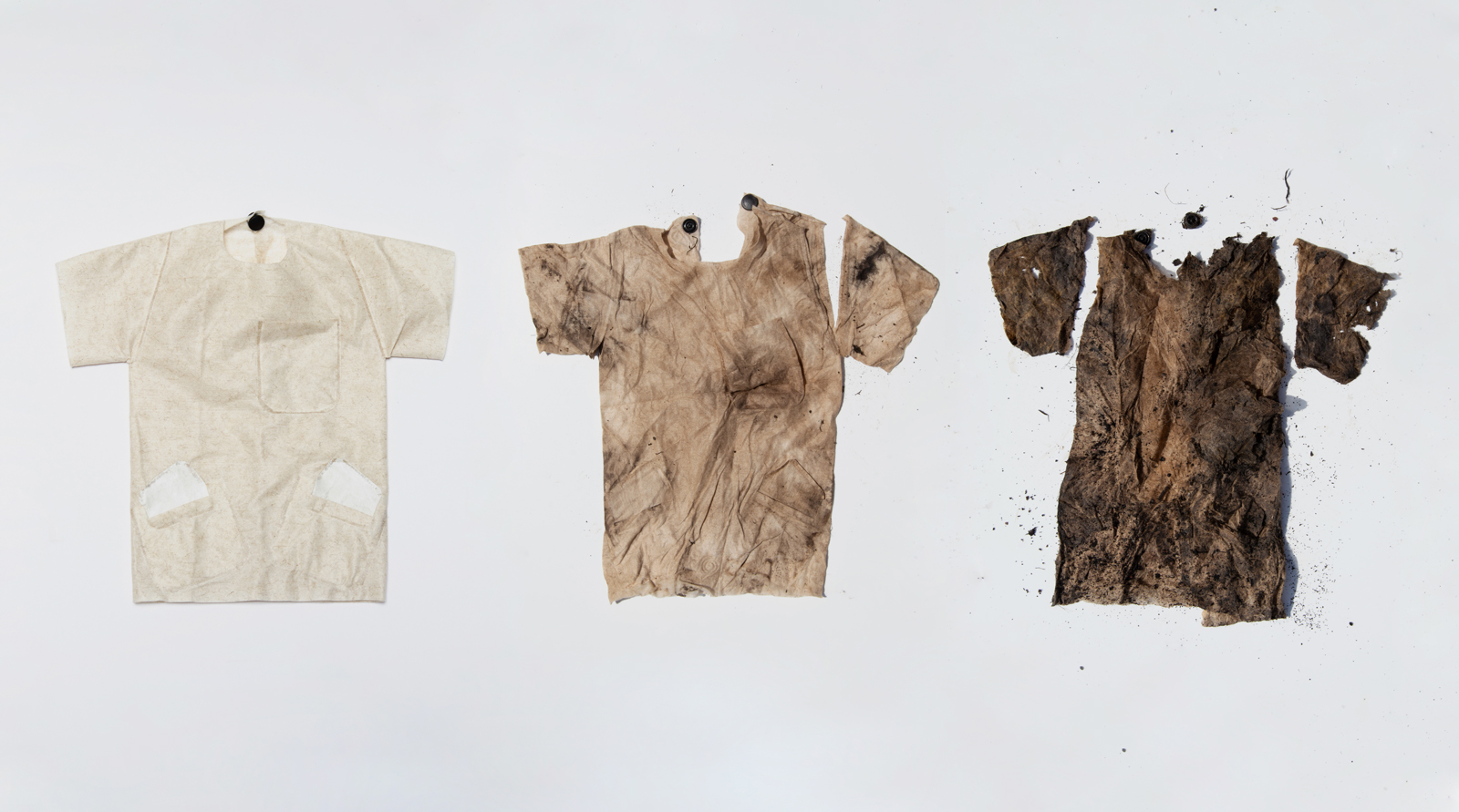
The name itself is evocative: ‘The Lost Graduation Show’. Considered one of the most anticipated exhibitions at Supersalone, the event curated by Anniina Koivu showcases around 170 projects by students from all around the globe, who graduated between 2020 and 2021 – in many respects, two lost years for a new generation of designers that were not able to physically show their work to the industry or the public.
A first for Salone del Mobile, the idea to give these graduates a platform inside the fair attracted hundreds of schools from 59 countries, which responded to the open call. ‘The original open call was for final prototypes, or prototypes that the general public could understand, not just renderings or technical projects, and I think we succeeded very well in showing these ideas in a very physical and feasible way,’ says Koivu.

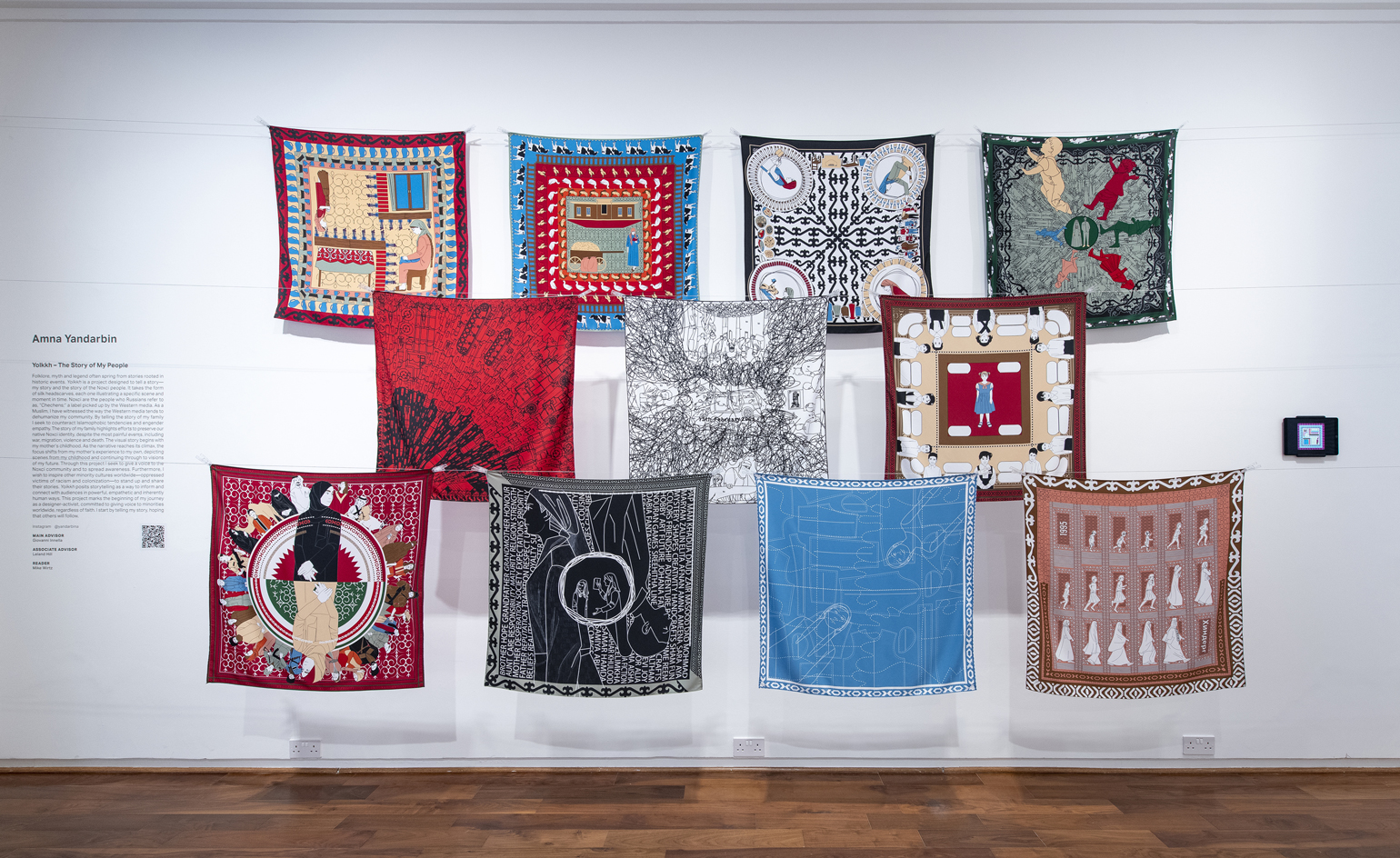
Top, Cerón López and López Velasco; and above, Amna Yandarbin
The Lost Graduation Show: projects that inspire
The projects span from a portable kit for refugees, to clean reusable menstruation pads, and a street lamp with an insect-friendly light spectrum; from toys for children with sensory needs, to a forgotten textile craft from a pre-Partition India, and an interactive installation on the price of death in every nation in the world.
RobustNest, a portable incubator for new-born babies in sub-Saharan countries, won one of the the Best of Class 2020/21 Awards, together with a single-material syringe, and a new use of oyster shells, among others: ‘I think that the jury looked very carefully for projects which go beyond ideas,’ Koivu says.
Empowering grad students while giving them such a platform made Koivu reflect on three specific directions: ‘First, we cannot necessarily speak any more about nationally located design, because the topics that the designers are touching are universal and global. Second, because of the pandemic, young designers didn’t have access to production facilities and it has been more difficult for them to get into the design industry, so they had to show a very positive proactive attitude. Third, a crisis can be a very positive trigger for rethinking things and for new, innovative ideas.’
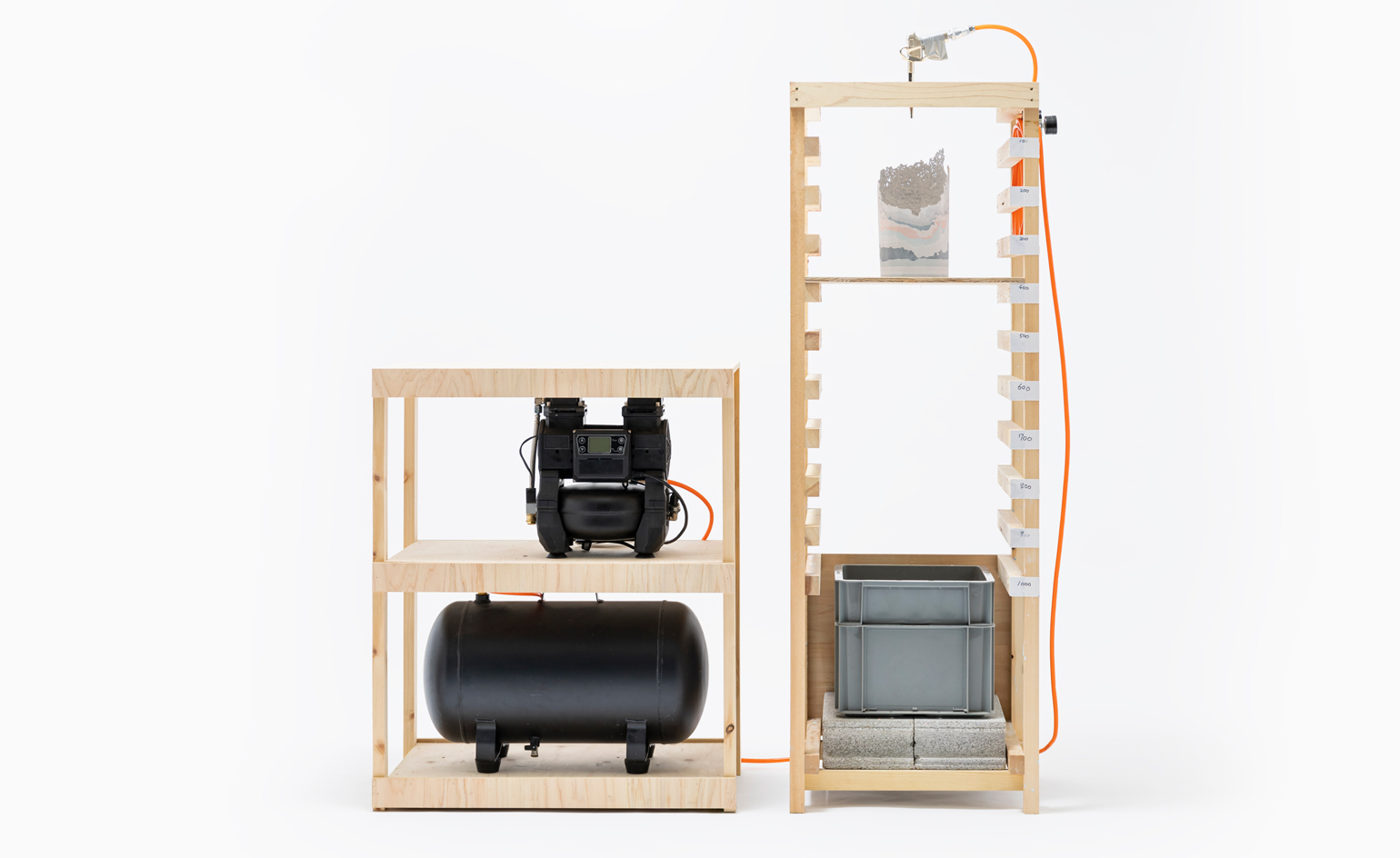
Leo Koda
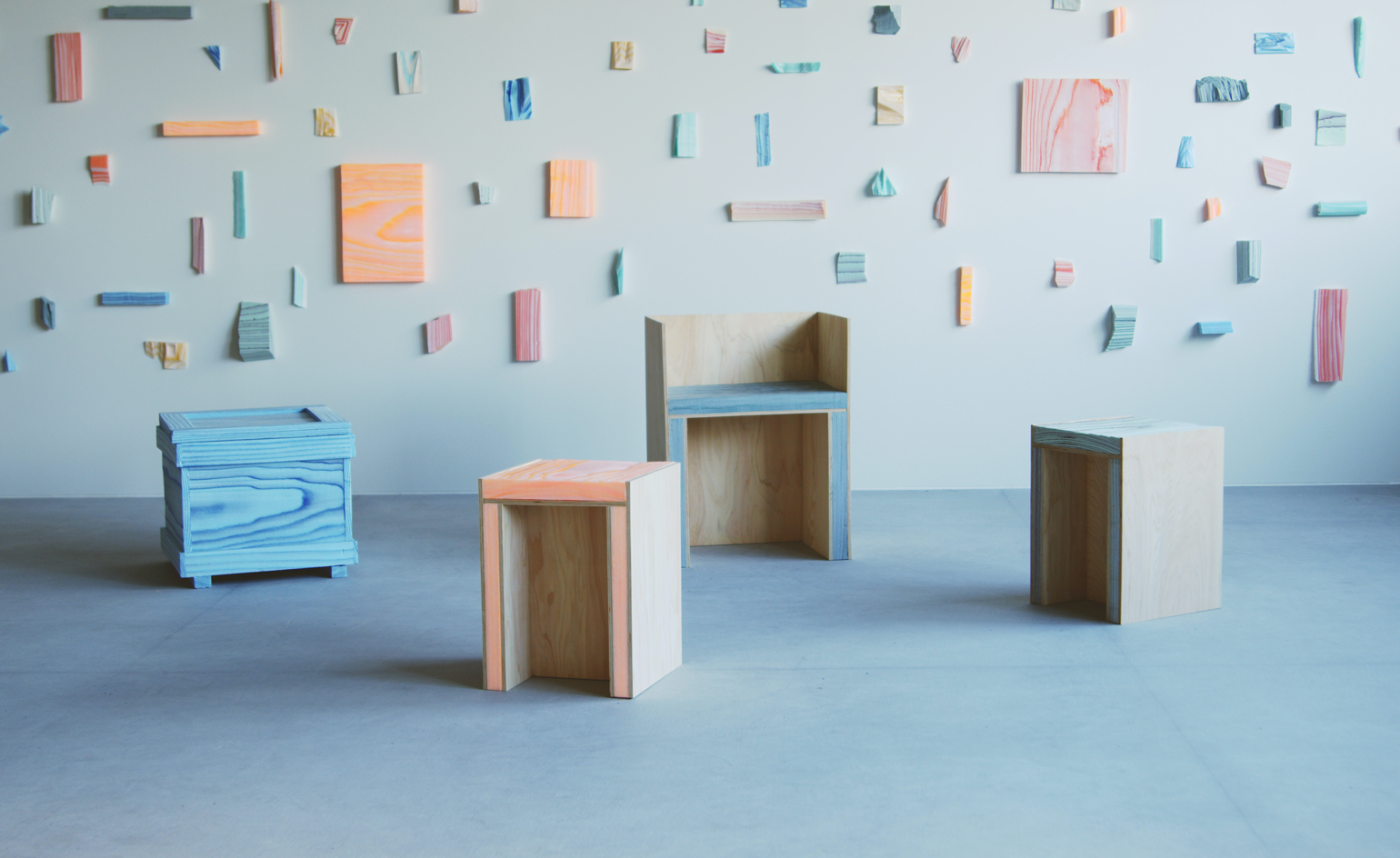
Chiaki Yoshihara
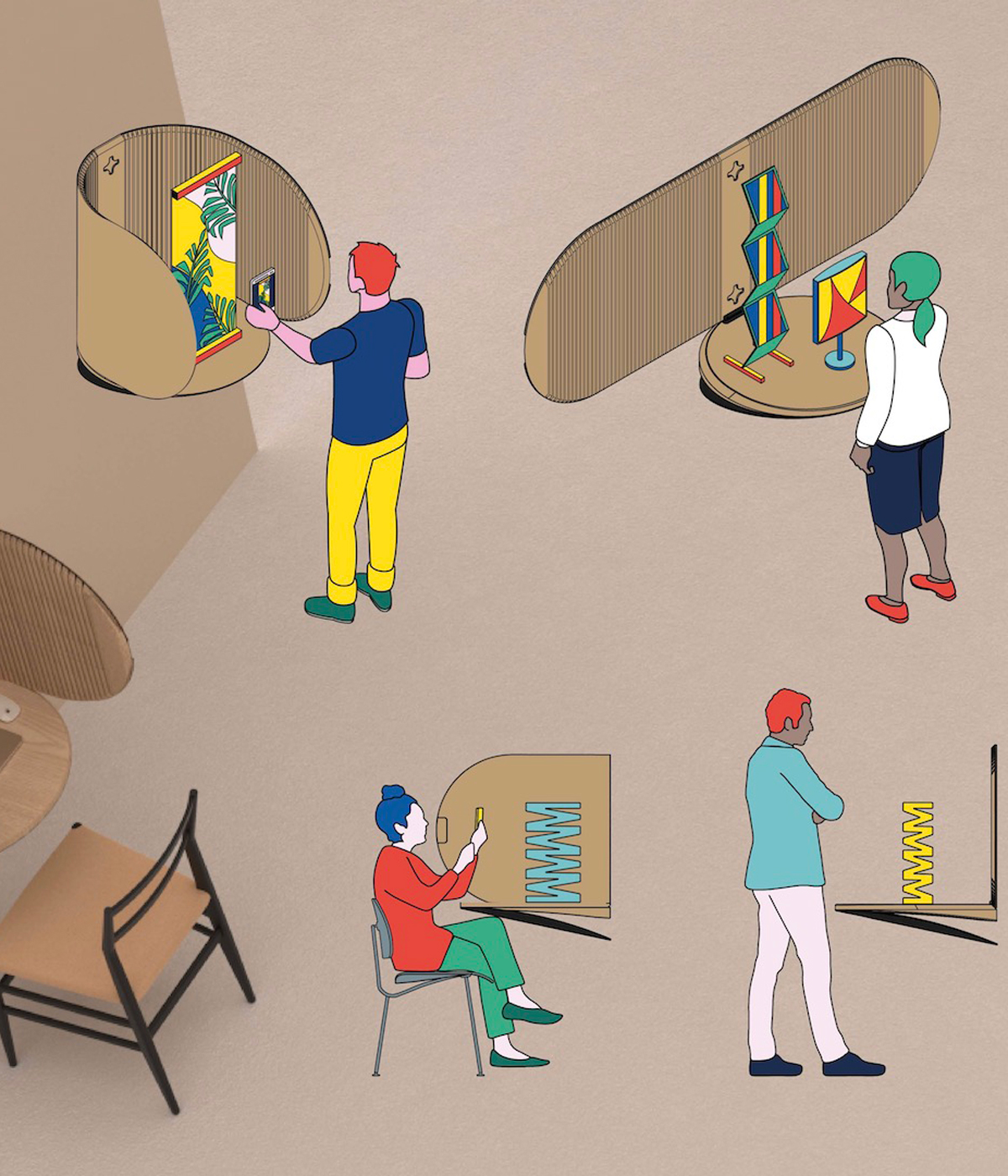
Chillemi&Riva & Ubertosi+Yegenoglu

Matteo Brasili
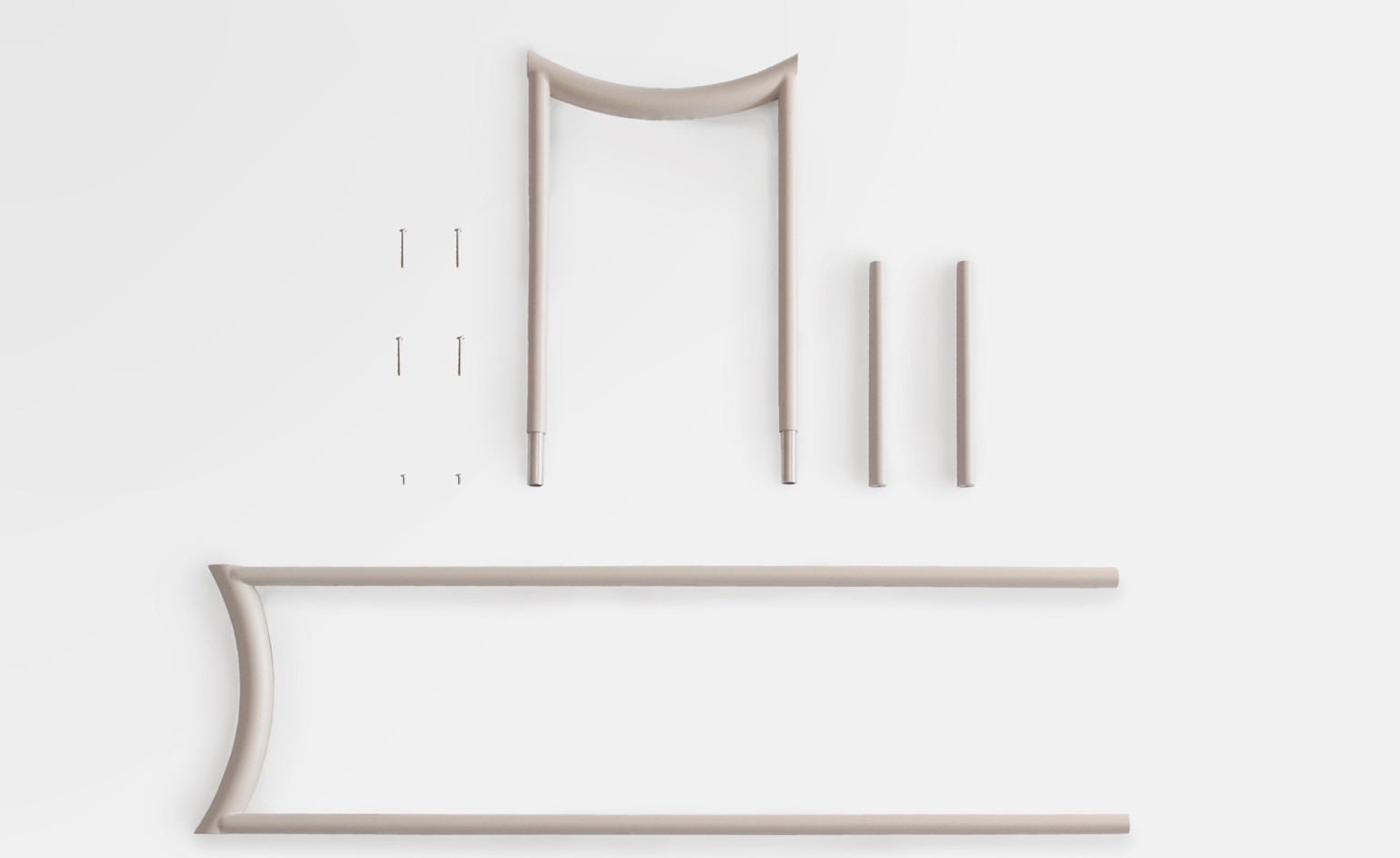
Giulia Braglia
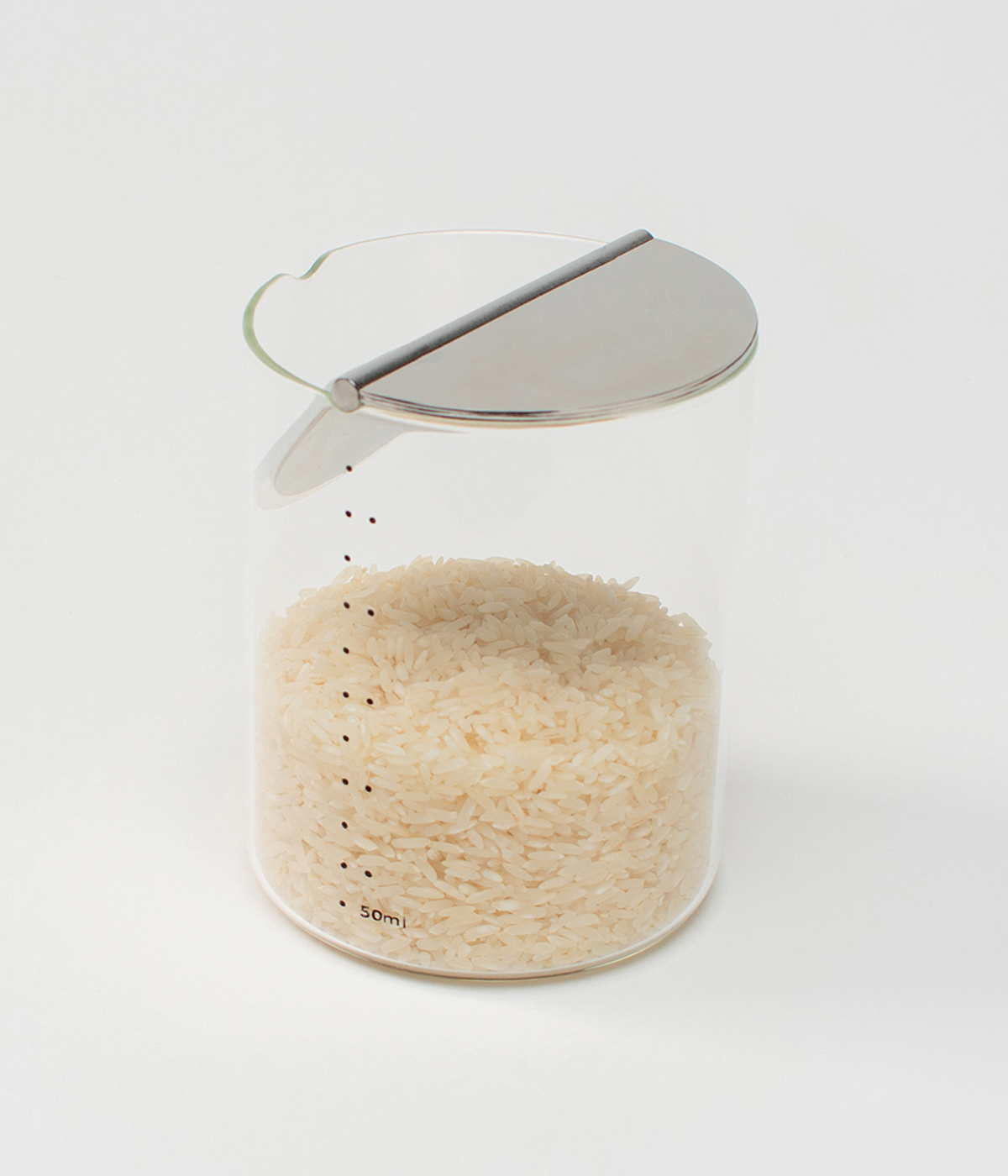
Xueyu Ji


Charlotte Krzentowski
INFORMATION
Receive our daily digest of inspiration, escapism and design stories from around the world direct to your inbox.
Cristina Kiran Piotti is an Italian-Indian freelance journalist. After completing her studies in journalism in Milan, she pursued a master's degree in the economic relations between Italy and India at the Ca' Foscari Challenge School in Venice. She splits her time between Milan and Mumbai and, since 2008, she has concentrated her work mostly on design, current affairs, and culture stories, often drawing on her enduring passion for geopolitics. She writes for several publications in both English and Italian, and she is a consultant for communication firms and publishing houses.
-
 ‘I want to bring anxiety to the surface': Shannon Cartier Lucy on her unsettling works
‘I want to bring anxiety to the surface': Shannon Cartier Lucy on her unsettling worksIn an exhibition at Soft Opening, London, Shannon Cartier Lucy revisits childhood memories
-
 What one writer learnt in 2025 through exploring the ‘intimate, familiar’ wardrobes of ten friends
What one writer learnt in 2025 through exploring the ‘intimate, familiar’ wardrobes of ten friendsInspired by artist Sophie Calle, Colleen Kelsey’s ‘Wearing It Out’ sees the writer ask ten friends to tell the stories behind their most precious garments – from a wedding dress ordered on a whim to a pair of Prada Mary Janes
-
 Year in review: 2025’s top ten cars chosen by transport editor Jonathan Bell
Year in review: 2025’s top ten cars chosen by transport editor Jonathan BellWhat were our chosen conveyances in 2025? These ten cars impressed, either through their look and feel, style, sophistication or all-round practicality
-
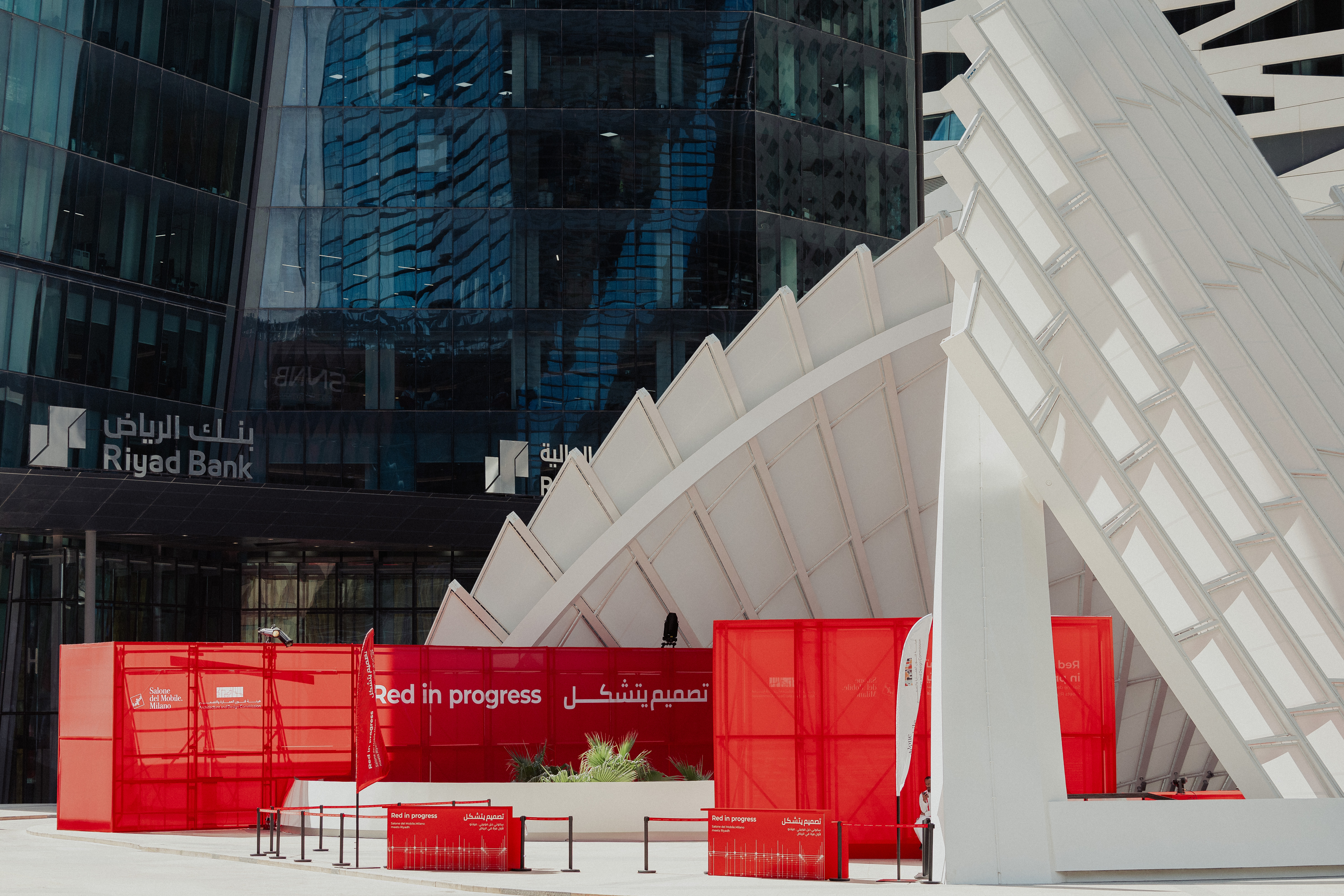 ‘Locally anchored and globally conversant’: Salone del Mobile debuts in Saudi Arabia
‘Locally anchored and globally conversant’: Salone del Mobile debuts in Saudi ArabiaSalone del Mobile lands in Riyadh (26-28 November 2025), bringing its creative and manufacturing know-how to one of the world’s fastest-growing markets and setting the stage for Italo-Saudi design relations
-
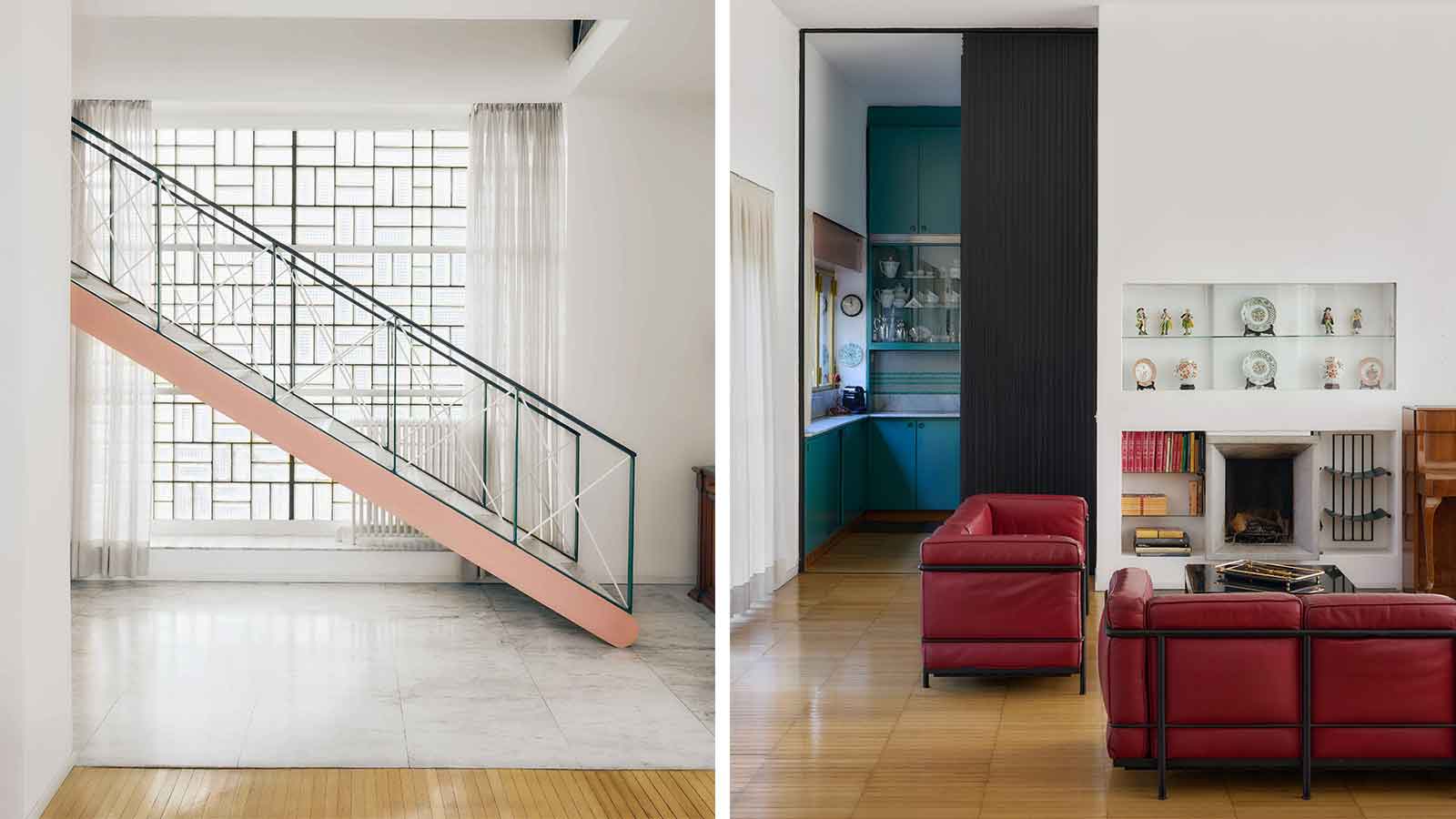 Alcova 2026 locations include a Rationalist gem and an abandoned church
Alcova 2026 locations include a Rationalist gem and an abandoned churchAlcova returns for an 11th edition in 2026 (20-26 April), once again opening up two exclusive Milanese locations, the Baggio Military Hospital and Franco Albini's Villa Pestarini
-
 Salone del Mobile 2026 will embrace collectible design with Salone Raritas
Salone del Mobile 2026 will embrace collectible design with Salone RaritasSalone del Mobile has Salone Raritas, a new exhibition space at the fair (21-26 April 2026), curated by Annalisa Rosso and designed by Formafantasma
-
 O Milano! Design's epic annual spectacle in photos
O Milano! Design's epic annual spectacle in photosCall us biased, but we believe that Milan Design Week is, at this moment in time, the greatest show on earth
-
 ‘Romantic brutalism’ rethinks Polish craft
‘Romantic brutalism’ rethinks Polish craftAn exhibition in Warsaw gives local makers their due, looking inside the burgeoning world of Polish design
-
 Eight designers to know from Rossana Orlandi Gallery’s Milan Design Week 2025 exhibition
Eight designers to know from Rossana Orlandi Gallery’s Milan Design Week 2025 exhibitionWallpaper’s highlights from the mega-exhibition at Rossana Orlandi Gallery include some of the most compelling names in design today
-
 Bentley’s new home collections bring the ‘potency’ of its cars to Milan Design Week
Bentley’s new home collections bring the ‘potency’ of its cars to Milan Design WeekNew furniture, accessories and picnic pieces from Bentley Home take cues from the bold lines and smooth curves of Bentley Motors
-
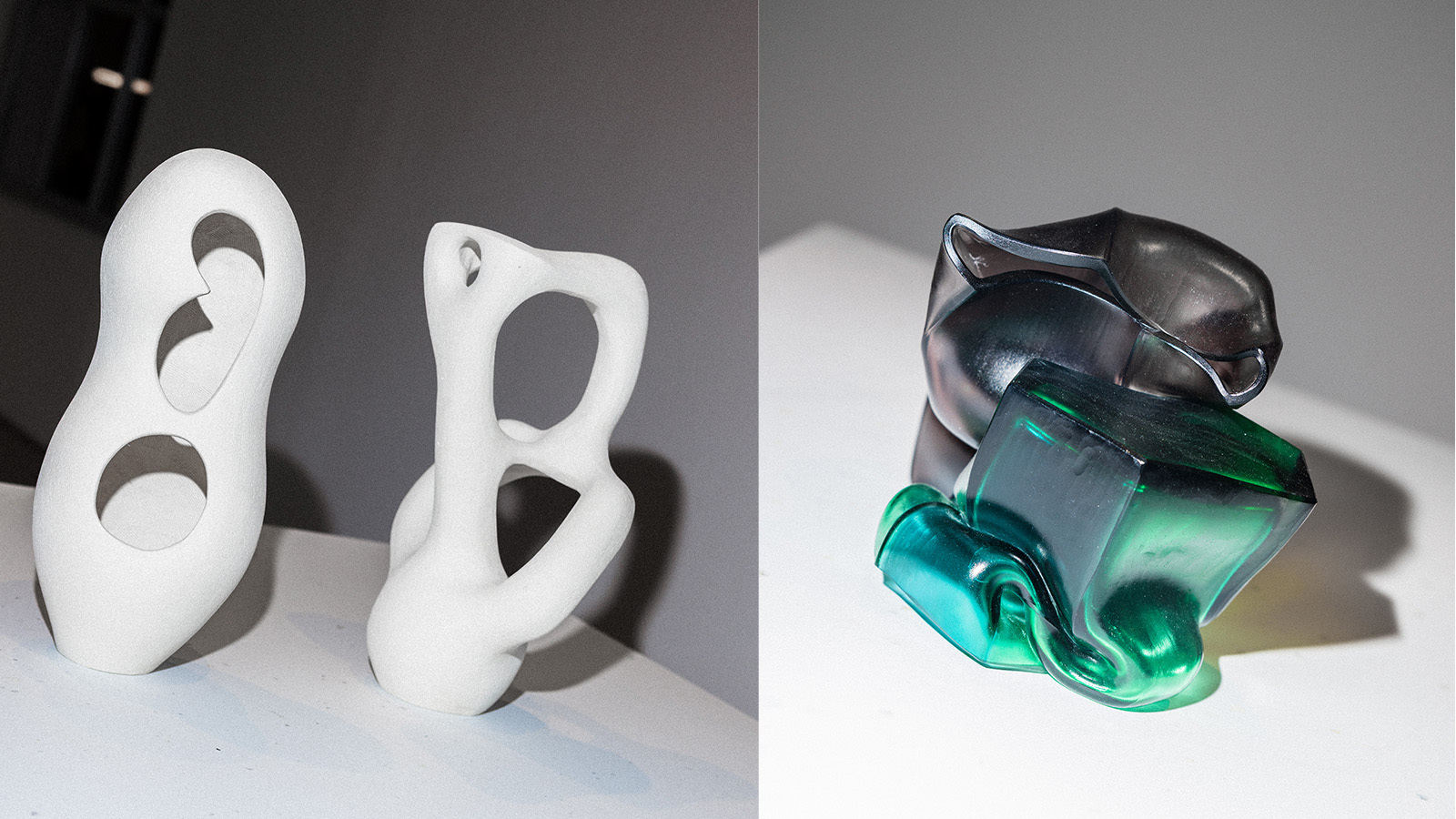 StoneX partners with Wallpaper* for material alchemy at Milan Design Week and beyond
StoneX partners with Wallpaper* for material alchemy at Milan Design Week and beyondThe natural stone purveyor teams up with Wallpaper* for a three-year partnership of material adventures, starting with an exhibition at Triennale di Milano